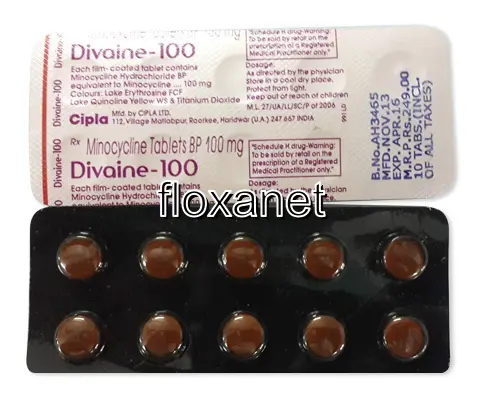| Package | Dosage | Price | Price per Dose | |
|---|---|---|---|---|
| Dosage: 50mg | ||||
| 240 pill | 50mg | £613.44 | £2.55 | |
| 120 pill | 50mg | £322.80 | £2.69 | |
| 90 pill | 50mg | £257.41 | £2.86 | |
| 60 pill | 50mg | £178.52 | £2.97 | |
| 30 pill | 50mg | £93.41 | £3.10 | |
| Dosage: 100mg | ||||
| 180 pill | 100mg | £525.21 | £2.92 | |
| 120 pill | 100mg | £374.70 | £3.12 | |
| 90 pill | 100mg | £303.08 | £3.36 | |
| 60 pill | 100mg | £217.97 | £3.63 | |
| 30 pill | 100mg | £116.24 | £3.86 | |
| 10 pill | 100mg | £39.43 | £3.99 | |

Minocycline Description
Overview of Minocycline
Minocycline is a broad-spectrum antibiotic that belongs to the tetracycline class of medications. It is widely used to treat various bacterial infections due to its effectiveness against numerous pathogens. This medication is often prescribed for skin conditions, respiratory infections, urinary tract infections, and certain sexually transmitted infections. Its versatile nature makes it a popular choice among healthcare providers worldwide.
How Minocycline Works
Minocycline functions by inhibiting bacterial protein synthesis. It binds to the 30S ribosomal subunit within bacterial cells, preventing the addition of amino acids to the growing peptide chains. This action effectively halts bacterial growth and replication, allowing the body's immune system to eliminate the infection. Because of its mechanism, Minocycline is considered bacteriostatic, meaning it stops bacteria from multiplying rather than directly killing them.
Uses and Applications
This medication is commonly prescribed for acne vulgaris, especially in cases that are resistant to other treatments. It also helps manage infections like gonorrhea, chlamydia, and respiratory tract infections caused by susceptible bacteria. Minocycline has been useful in treating meningococcal carrier states and sometimes in preventing anthrax exposure. Its ability to penetrate tissues makes it particularly effective in treating infections within the skin, bones, and soft tissues.
Potential Benefits and Effectiveness
Many patients find Minocycline effective at reducing the severity of their infections. Its long half-life allows for convenient dosing schedules, often once or twice daily. For acne patients, Minocycline has shown good results in decreasing inflammation and the number of lesions. Its broad spectrum provides versatility, making it suitable for various bacterial strains. However, benefits depend on accurate diagnosis and appropriate usage under medical guidance.
Possible Side Effects and Precautions
Like all antibiotics, Minocycline may cause side effects. Common reactions include nausea, dizziness, and gastrointestinal upset. Some patients report dizziness or vertigo, which can affect daily activities. Due to its photosensitizing properties, exposure to strong sunlight can increase the risk of sunburn. Rare but serious adverse effects include skin discoloration, hypersensitivity reactions, and autoimmune syndromes. Patients with liver issues or allergy to tetracyclines should avoid this medication unless directed by a healthcare provider.
Usage Guidelines and Recommendations
Minocycline should be taken exactly as prescribed. It is usually taken with a full glass of water and on an empty stomach for better absorption, although food can be tolerated if gastrointestinal upset occurs. Patients should complete the entire course of treatment, even if symptoms improve before finishing the medication. To reduce the risk of antibiotic resistance, avoid sharing the medication with others. Regular follow-up with a healthcare professional is advised to monitor effectiveness and watch for side effects.
